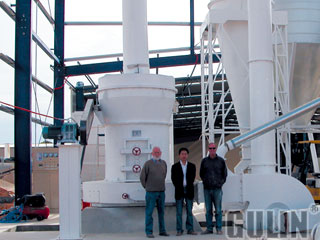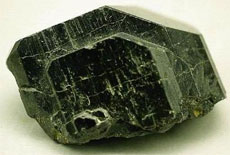Gulin® is a professional manufacturer of columbite grinding mill in China. And we supply all kinds columbite grinding machines and design columbite grinding production line according to the requirements of customers. Our columbite grinding mills have exported to South Africa, USA, Australia, Russia, Canada, Egypt, UZ, Nubia, Peru, Indonesia, Brazil, Nigeria, Papua New Guinea, Kenya, Zimbabwe, Zambia, Ghana, Mexico, Philippines, Zimbabwe, Oman, Argentina, Guinea, KZ, etc.

Columbite Grinding Mill
Columbite Grinding Mills for sale
Our columbite grinding mills include ball mill, Raymond mill, MTM trapezium mill, thin mill and coarse powder mill. Ball mill is the traditional horizontal grinding mill and it has very wide use, which can grind many different types of material. Raymond mill may be the vertical grinding mill, which is popular in several countries and contains very long history. The MTM trapezium mill is Gulin developed new grinding mill, which adopts many countries grinding technology and our engineer’s experience. thin mill is special for thin grinding and coarse powder mill is special for coarse powder grinding. You are able to choose suitable columbite grinding mill depends on your columbite size, hardness, capacity as well as your cost budget.
Columbite Ore Processing Plant
The huge raw columbite is fed towards the columbite jaw crusher evenly and gradually by vibrating feeder via a hopper for the main crushing. Following very first crushing, the material will transferred to columbite impact crusher or columbite cone crusher by belt conveyor for secondary crush; the crushed supplies will then transferred to vibrating screen for separating. Right after getting separated, the crushed columbite parts that will meet normal will probably be taken away as final goods, whilst the other columbite parts will be returned to columbite impact crusher, therefore forming a closed circuit. Size of final columbite items may be combined and graded based on customer’s distinct requirement. We may also equip dust catcher system to safeguard environment.
After columbite ore stone comes out of the ground, it typically goes on a conveyor belt to a preparation washing machine located at the mining site. Then stone were crushed into small ones with crushers. The result materials will be put into the grinding mills. The grinding wheel acts like many hundreds of very small lathe bit, each cutting off some metal. Grinding abrades material in a way similar to sanding. After separated and collected, we finally get the fine powder. We can smelt this columbite mineral powder for iron metal and byproducts.
Columbite Ore Mineral

Category: Oxide minerals Chemical formula: Fe2+Nb2O6. Color: Black, brownish black. Crystal habit: Massive – Granular – Common texture observed in granite and other igneous rock; Striated – Parallel lines on crystal surface or cleavage face. Crystal system: Orthorhombic, (2/m 2/m 2/m), SpaceGroup = Pcan. Fracture: Sub Conchoidal – Fractures developed in brittle materials characterized by semi-curving surfaces. Mohs scale hardness: 6. Luster: sub-metallic. Streak : blackish brown Other characteristics: non-radioactive, non-fluorescent.
Columbite, also called niobite, niobite-tantalite and columbate [(Fe, Mn)(Nb, Ta)2O6], is a black mineral group that is an ore of niobium and tantalum. It has a submetallic luster and a high density and is a niobate of iron and manganese, containing tantalate of iron. This mineral group was first found in Haddam, USA. It forms a series with the tantalum-dominant analogue ferrotantalite and one with the manganese-dominant analogue manganocolumbite. The iron-rich member of the columbite group is ferrocolumbite. Some tin and tungsten may be present in the mineral.

